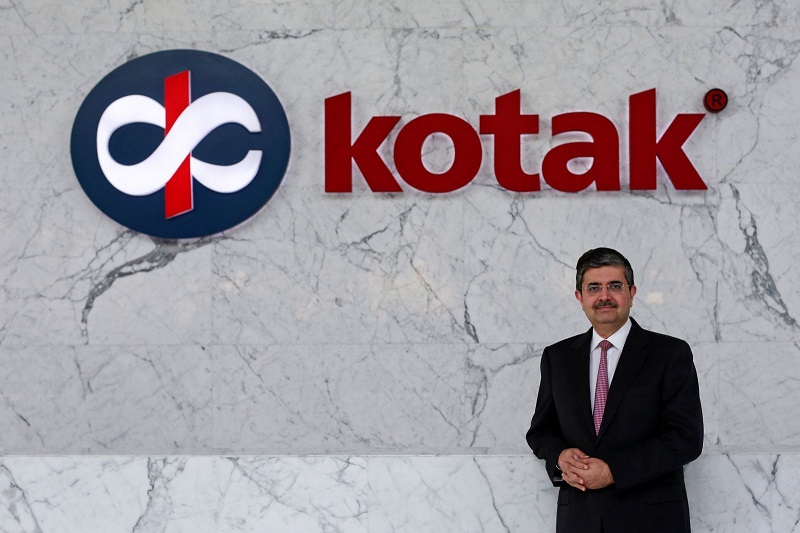Stock market today: Stocks fall as investors rotate out of tech into Jackson Hole
The Reserve Bank of India's (RBI) recent regulatory changes have prompted banks and non-banking financial companies (NBFCs) to augment capital reserves, potentially leading to increased consumer borrowing rates. The RBI directive, issued on November 16, 2023, has escalated risk weights for consumer loans at banks from 100% to 125%, and for credit card receivables from 125% to an unprecedented 150%. Similarly, NBFCs are now subject to a flat rate of 125%.
As a direct consequence of the RBI's move to reinforce financial sector stability, borrowers may face tighter availability and elevated lending standards. The significance of maintaining a solid credit score is more pronounced than ever as it becomes a critical determinant in securing favorable loan terms. In light of these developments, offering collateral might become essential for those seeking to enhance their appeal to lenders.
Amidst this backdrop, the State Bank of India (SBI) is considering an interest rate increase reflective of the rising funding costs and expanded capital requirements driven by the revised risk weights affecting consumer credit and NBFC lending. SBI Chairman Dinesh Khara has linked the anticipated rate hike to these factors, although the exact percentage increase has not been disclosed.
Furthermore, SBI expects a modest dip in its Net Interest Margin (NIM) by approximately 3 basis points in Q3FY24 following the RBI’s revision. Despite this, SBI maintains a strong lending approach focused on salaried individuals from esteemed corporates, which has resulted in a low gross non-performing assets figure at 0.70%. Chairman Khara reiterated unwavering diligence practices despite additional bank capital costs due to new norms.
Other banks are also adjusting to the RBI's regulatory changes. Kotak Mahindra Bank forecasts a minor compression in their NIM and considers adjusting unsecured credit interest rates upwards by about 25 basis points. RBL Bank also foresees an estimated NIM reduction by up to 2 basis points and a parallel decline in their Capital Adequacy Ratio (CRAR).
In summary, the banking sector is bracing for industry-wide adjustments that include tighter lending conditions and potential rate increases as banks seek to comply with the RBI's stringent measures aimed at curbing risks associated with unsecured loan growth.
This article was generated with the support of AI and reviewed by an editor. For more information see our T&C.
